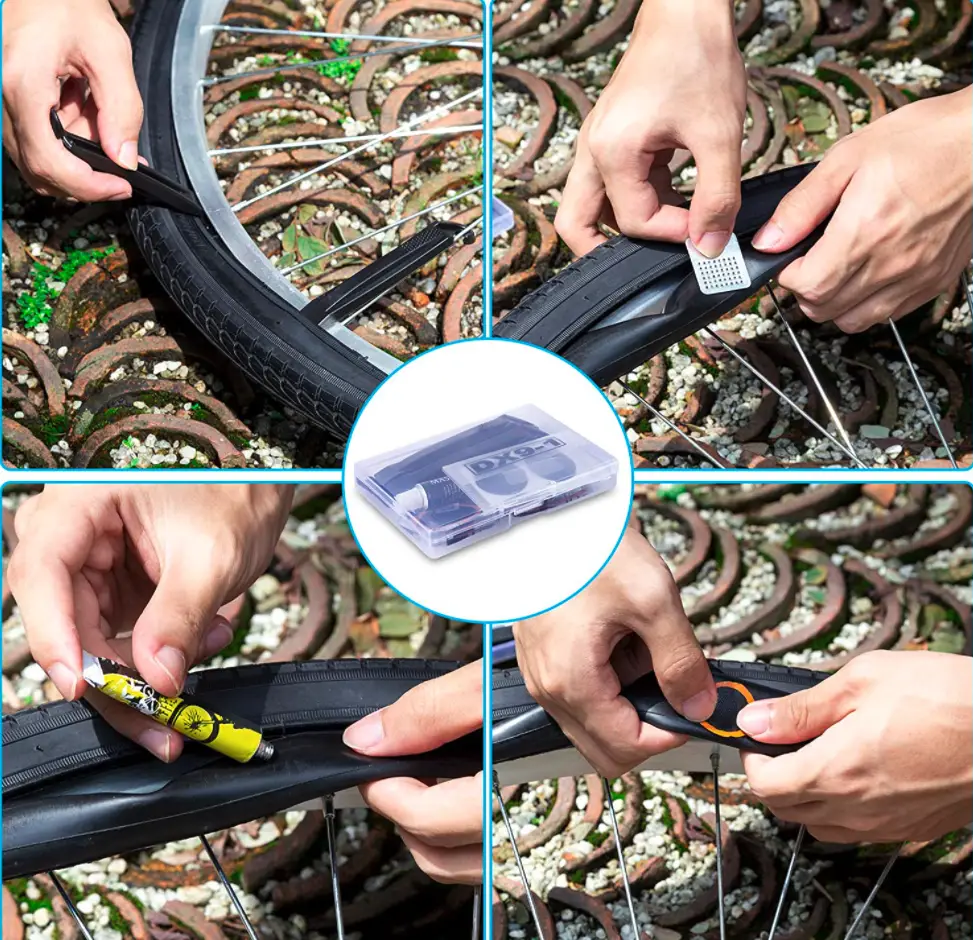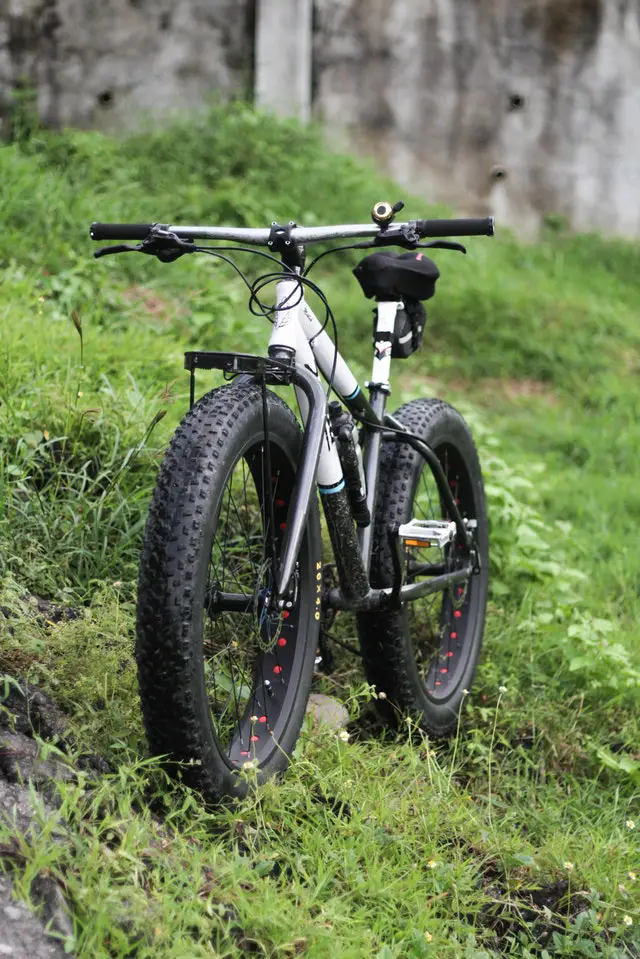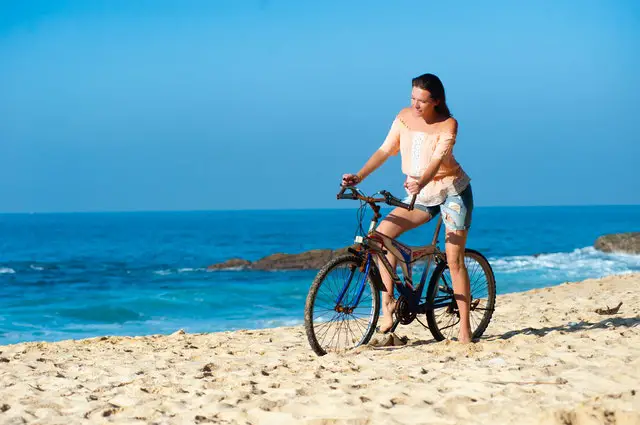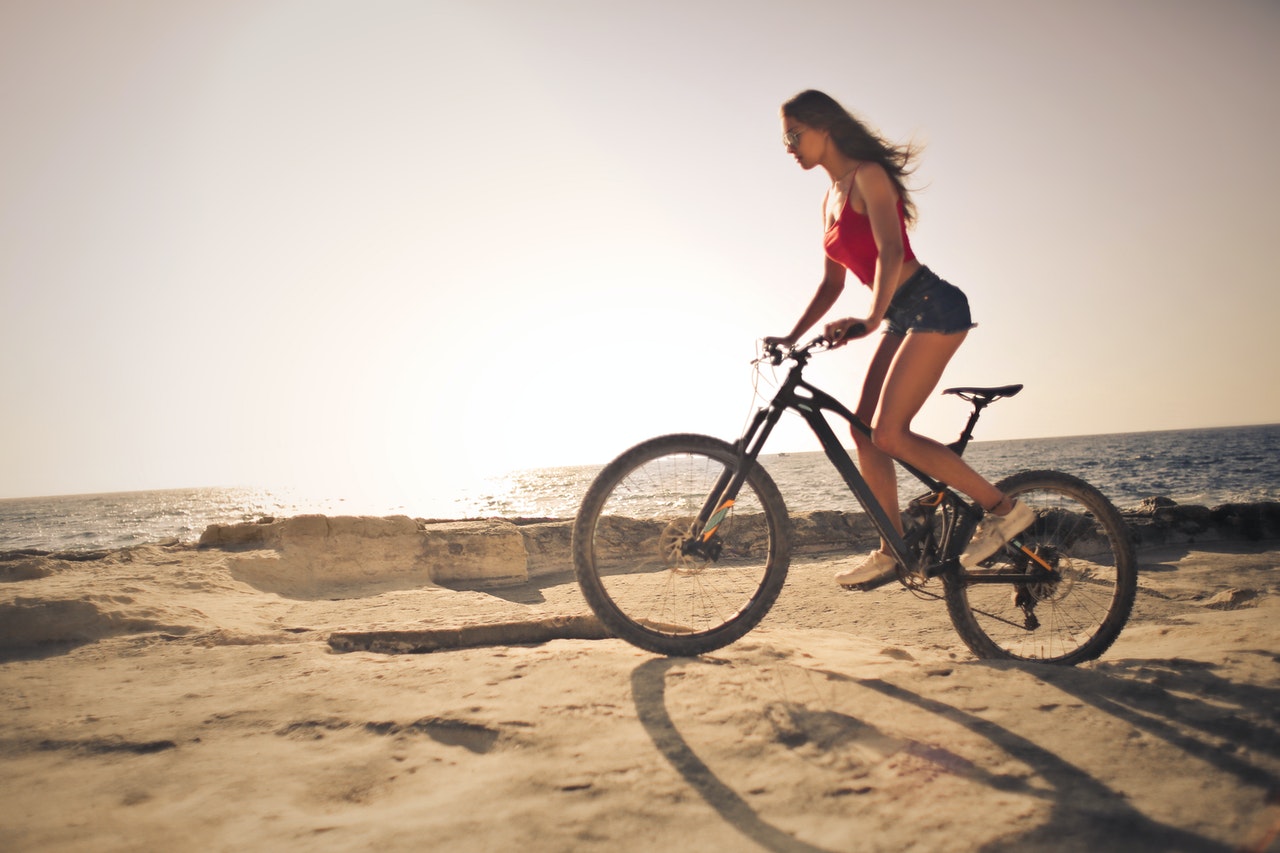One of the great things about electric bikes is that riding in different terrains, such as in sand, can be much easier than if you’re riding a standard bike. However, there are basic tire and maintenance requirements for riding in the sand.
You can ride your e-bike in the sand if it has the right tires and you know how to take care of it properly, especially the electric components. Your bike needs wide tires that grip the loose ground and long, wide fenders that keep the sand from flying up.
What to Consider Before Riding Your Electric Bike in the Sand
If you’ll be riding in the sand, it’s most likely because you’re on a beach or in a desert. Either way, sand can be quite damaging to the motor, battery, and other components of your e-bike.
Think about what it’s like to get a mouthful of sand. It’s gritty and hard to spit out completely, right?! This is what it’d be like if sand gets into your electric motor or internal components.
Grains of sand are so small that they can get wedged in tightly where they don’t belong, like in bearings and brackets. And unless you have the skills needed to repair your own e-bike, you’ll be shelling out more cash pretty quickly.
Not only might you have to buy new parts, but you’ll have to pay a professional bike repair service to clean it all out for you.
Another concern about riding on the beach in deep sand is what lurks below the surface. Sharp objects such as shells, glass, and other things left behind by humans, can puncture tires.
So, you might want to keep a tire repair kit handy. This, of course, is a good idea anytime you’re riding far from home.

Additionally, decide where in the sand you want to ride. Riding on compacted sand will be easier for you and better for your e-bike overall. You’ll be able to maintain better control and there isn’t as much loose sand to fly up into your bike (and your face!).
Your ride in the sand will improve by keeping a lower tire pressure than you would on the pavement. Lowering your tire inflation will help you stay on top of the sand instead of being buried in it.
On a fat bike tire, which we’ll discuss in a minute, you can test out the right pressure by letting out a little air at a time, down as low as 10 psi. But make sure to re-inflate your tires’ inner tubes to around 20 psi before getting back onto a harder terrain.
For the greatest ride through the sand, just relax and keep as much weight over your back tire as you can. That’ll help keep you from getting thrown off your bike head first (just being real here).
Get the Best Tires for Riding Your E-Bike in the Sand
Truthfully, being able to ride your e-bike comfortably in the sand, especially deeper, loose sand has a lot to do with having the right tires for it. And you don’t have to buy an expensive bike to have the right tires.
So, what tires are recommended for sand riding? First and foremost you’ll need wide tires, most often called “fat” tires.

Although you can get bikes with 8-inch wide tires, this will be overkill for most riders. A 4-inch fat tire is pretty standard and can be ridden on most surfaces including sand.
The great thing about bikes with fat tires is that they provide a lot of traction due to their width and because they make more contact with the ground. Plus, a fat tire is extra-thick, making it strong enough to cover rough terrain without getting damaged.
When buying an e-bike that you want to ride in the sand, make sure you read the reviews that discuss the tires and whether they are good in the sand.
You won’t do well with an electric “road” bike that’s made more for speed and long distances. Instead, consider a mountain bike, fat tire bike, or hybrid. The fat tires on these electric bikes will get you over rough terrain and sand while still performing well enough on the road.
How to Maintain Your E-Bike and Clean It After Riding in the Sand
Although cleaning your electric bike after every ride in the sand is a good idea, nothing beats preventative maintenance to keep your e-bike in good shape. Anything you can do to prevent damage to the electric bike parts is well worth it.
How to Prevent Problems from Riding Electric Bikes in the Sand
- Avoid riding in the salt water, especially if it looks dirty (like is often the case at a beach inlet).
- Keep your chain clean and lubed. Make sure the lubrication is fully dry before riding so that sand and salt aren’t attracted to it. A Teflon lube is generally recommended.
- Lubricate other aluminum parts like the connectors on the wheel spokes and the sprockets of the pedals.
- Get a professional tune-up. You’ll need these more often if you ride in the sand or other extreme elements often. If you ride frequently, you may want to get a tune-up 2-4 times per year.
- And riding in the sand means you should probably have a professional clean out the sand from the drivetrain. You can do this at the same time as your tune-up.
Good maintenance will protect your bike’s important parts and make your e-bike easier to clean as well.
The Best Way to Clean Sand Off Your E-Bike (Sorry, it’s not the easy way)
After every ride through the sand…
- Take a dry rag and wipe off all of the sand you can see on the entire bike. Sand is much easier to remove when it’s dry. Then you can use a slightly damp rag to clean it further, again wiping down the whole bike.
Make sure to get into all of the crevices you can without putting pressure on delicate components or getting water into the electrical parts. - Don’t spray or hose off an electric bike. I’ve seen bicyclists on forums suggesting that you hose off your bike after riding on the beach. However, for an e-bike, this can actually spread the sand (and salt) as well as damage the electrical components.
- Re-lubricate important metal parts so that they’ll be dry and ready for your next ride in the sand.
- If you won’t be riding on the sand the next time you take out your electric bike… inflate your tires back to their standard air pressure. Assuming you have fat tires, inflate them to around 20 psi.
Saltwater and Electric Bike Parts

Okay, so the general advice here would be to avoid directly riding in saltwater at the beach. Rust and corrosion will happen quickly, even if you clean your bike after each ride.
However, just riding on the sand at the beach (or even on the beach boardwalk) will get you sprayed with salt water from the wind and waves.
We once took our bikes on a 45-minute boat trip to and from Catalina Island. When we got home, we put our bikes away. A couple of weeks later, we went to ride our bikes and they were completely rusted!
So you probably can’t avoid potential salt damage to your bike if you’re going to ride it at or near the beach. And in addition to rusting, you’ll experience additional wear and tear on your electric bike.
Both sand and salt can make your chain stretch and break down other important parts. But if you follow the cleaning and maintenance advice discussed above, your e-bike will stay in good shape for longer.
If you haven’t yet purchased a fat tire e-bike, consider looking for one that has an internal gear hub (so the motor isn’t exposed) and an enclosed chain if possible. These will help prevent rust and other damage from sand and water spray.
Rules for Riding Your E-Bike at the Beach or in the Desert Sand
It’s always a good idea to find out the laws and rules in any location before you ride your e-bike.
Obviously, you should take caution if you’re on a populated beach or non-motorized trail, even if you think you’re far out into the desert.
But you should also find out if the land you’re riding on has electric bike limitations, as many do. You might think that riding in the sand dunes or desert where no one is even around is okay. But laws are laws and you could get fined.
Also, be careful of the electric bike riding rules you hear word-of-mouth. Much of what is being said on online forums and blogs say are opposing.
Don’t pack up your bike for a day at the beach without checking the local rules to find out whether you can legally ride there. Further, each state, county, and landowner can have its own rules.


